Staffing Shortage in Home Health Industry: Workforce Crisis in Years to Come
Staffing Shortage in Home Health Industry: Workforce Crisis in Years to Come


With 10,000 baby boomers in the United States expected to turn 65 every day, over the course of the next 20 years, the demand for home health staff is also projected to increase by 36 percent (more than 4 million open positions), according to the Bureau of Labor and Statistics. Normally, a surge in job opportunities is regarded as a sign that the economy is thriving. However, within the home health space, many of the current open home health employment opportunities involve very labor-intensive work for little pay, which trend analysts forecast could result in detrimental staffing shortages – the top two most understaffed occupations being home health aides and nursing assistants. In April of this year, William Dombi, President of the National Association for Home Care and Hospice, told CNBC “We are on the edge of a crisis. We are not prepared for what’s coming. Our concern is that the demand is going to outstrip the supply unless we see some dynamic changes occur.”
As medical expenses and health benefits continue to rise, healthcare providers and organizations seek to keep chronically ill and aging patients out of hospital and health care facilities and instead, in their homes – which is the patient’s preference. However, in many cases, this preference shifts the burden of care to the patient’s family members, who become overwhelmed and require auxiliary assistance from home health aides, personal care aides, nursing assistants, etc. Many, if not most Americans are in a situation or know someone who is in a situation where they are caring for an ailing parent, spouse, sibling, etc. Home health and/or personal care aides provide supplementary services and support in the form of preparing food, running errands, and patient grooming, which their loved one can no longer accomplish on their own, while nurses and nursing assistants manage and oversee in-home medical care such as dispensing medication, administering IVs, wound treatment, etc.
According to the Bureau of Labor and Statistics, the average wage for home health and personal care aides last year was $11.57 per hour, similar to less demanding positions as a clerk or cashier. As the transition to expanded care at home ensues, the need for homecare staff will intensify. Home health aide positions are expected to hold the top ranking, in highest demand, with a 446,300-person shortage, followed by nursing assistants with a 95,000-person shortage, by 2025.
In order to account for this deficiency, health care providers will need to implement aggressive solutions to tackle this problem, such as increasing wages, lowering benefit costs, focusing on strategies to maximize employee retention, and adopting innovative, cutting-edge technology. Some healthcare organizations will need to consider sharing staff with other providers. As the job shortage gap increases, the role of leadership across the homecare continuum to manage burnout and employee satisfaction rates is crucial – now more than ever.
Sources
Related Blog Posts

Closing the Gap: How Timely Delivery of Home Health Care Drives Better Outcomes
The High Stakes of Post-Hospital Care The transition from hospital…

Sleep Disorders: The Silent Epidemic Costing $94B Annually
Just like eating healthy, drinking enough water, and exercising, we…

4 Healthcare Trends that MA Plans Should Know in 2023
This year will be one marked by significant change and…

Delivering Care at the Community Level – A Common denominator at HLTH 2022
Each year, HLTH brings the entire healthcare industry together —…

The Future of Serious Illness Care: 3 Ways to Improve Your Strategy
With serious illness care being a highly uncoordinated part of…
AHIP 2022: Home Health Care Industry Trends
Recently, health plan executives from across the country, along with…
